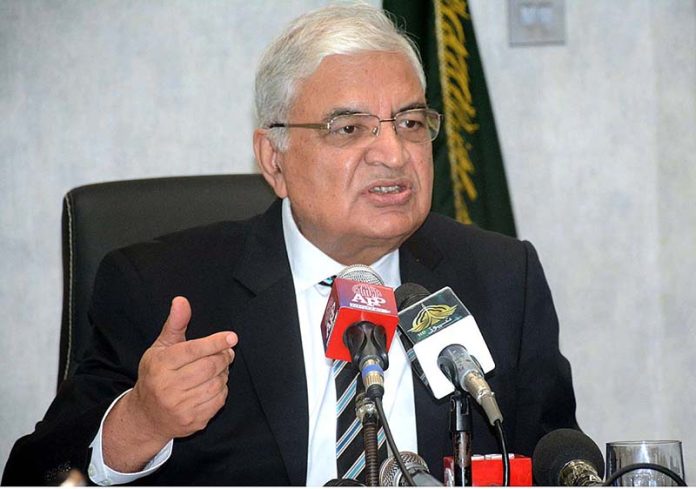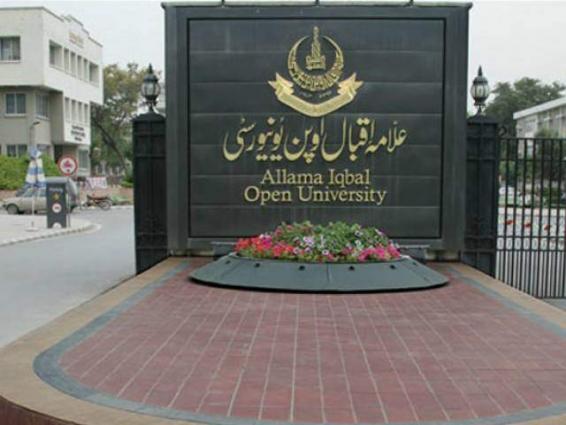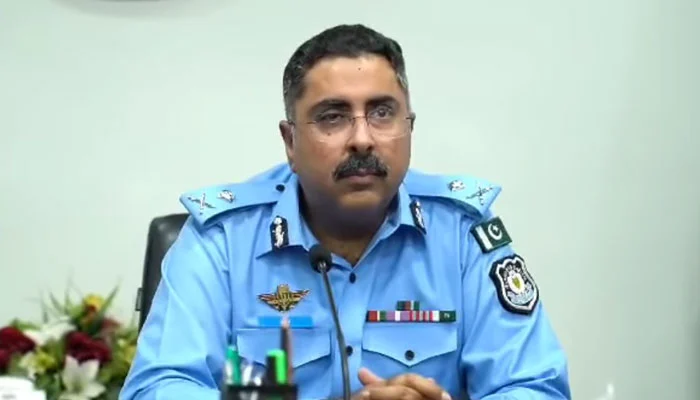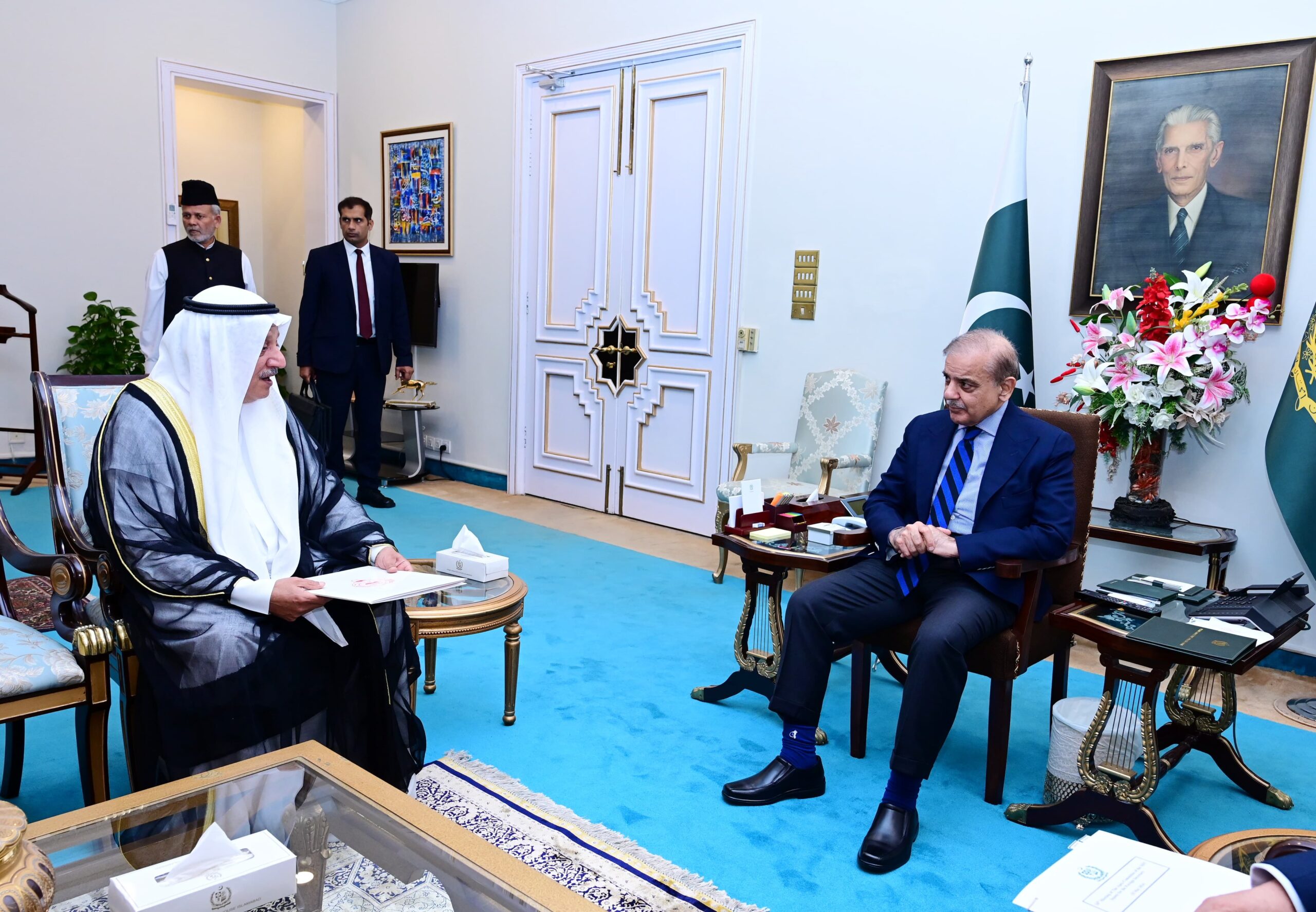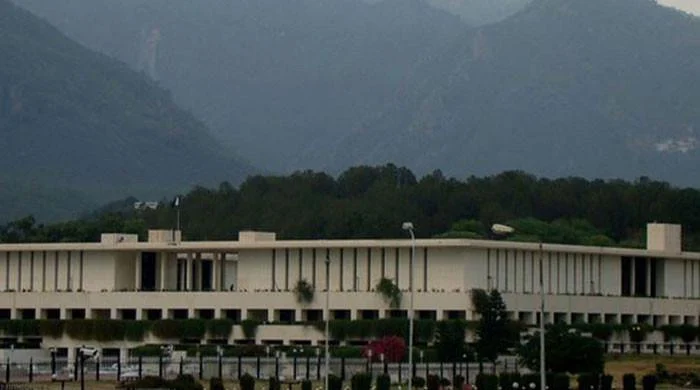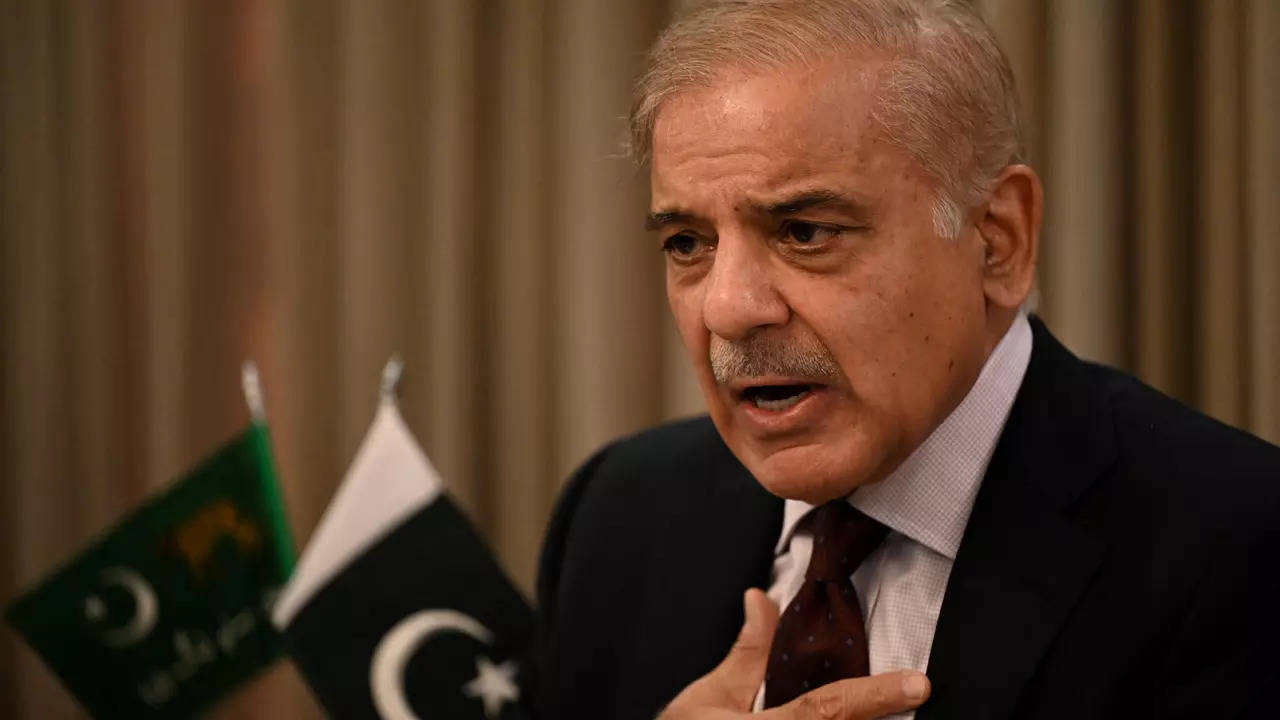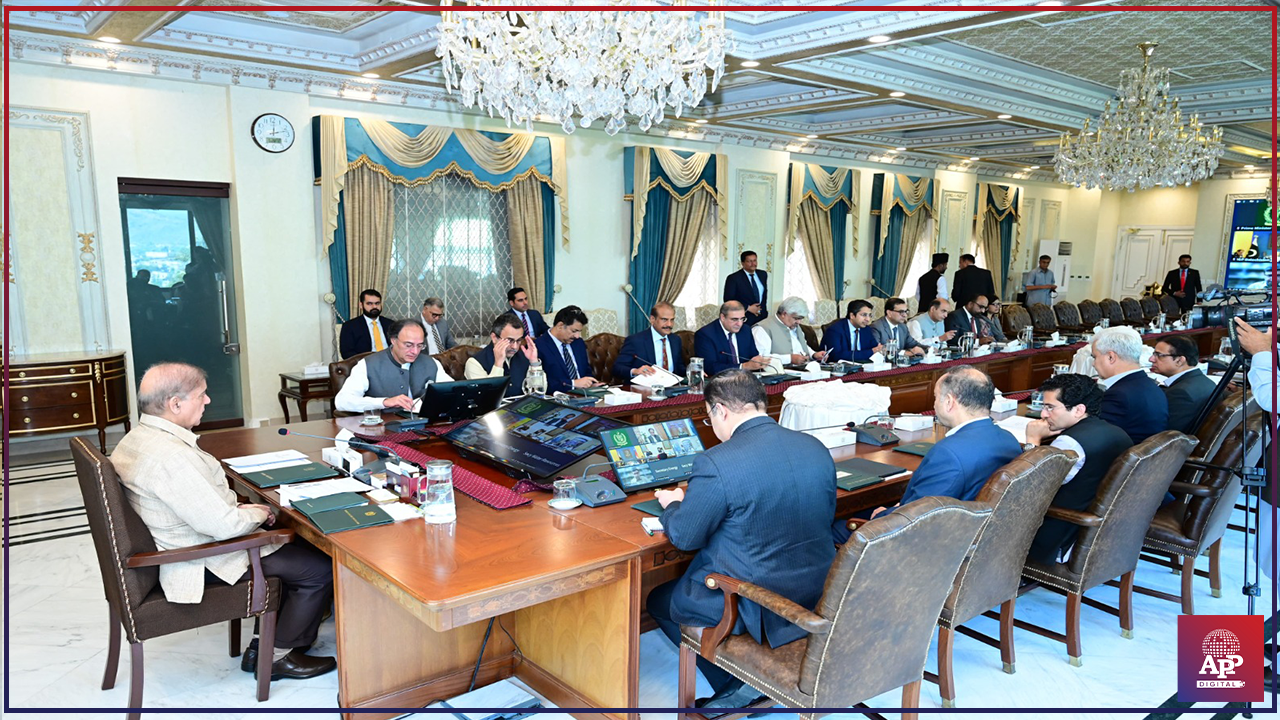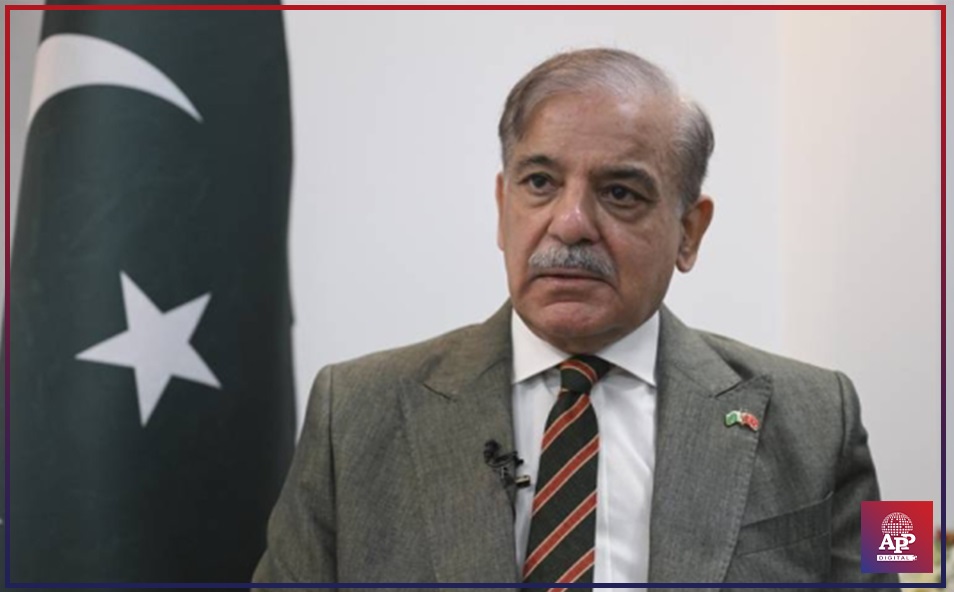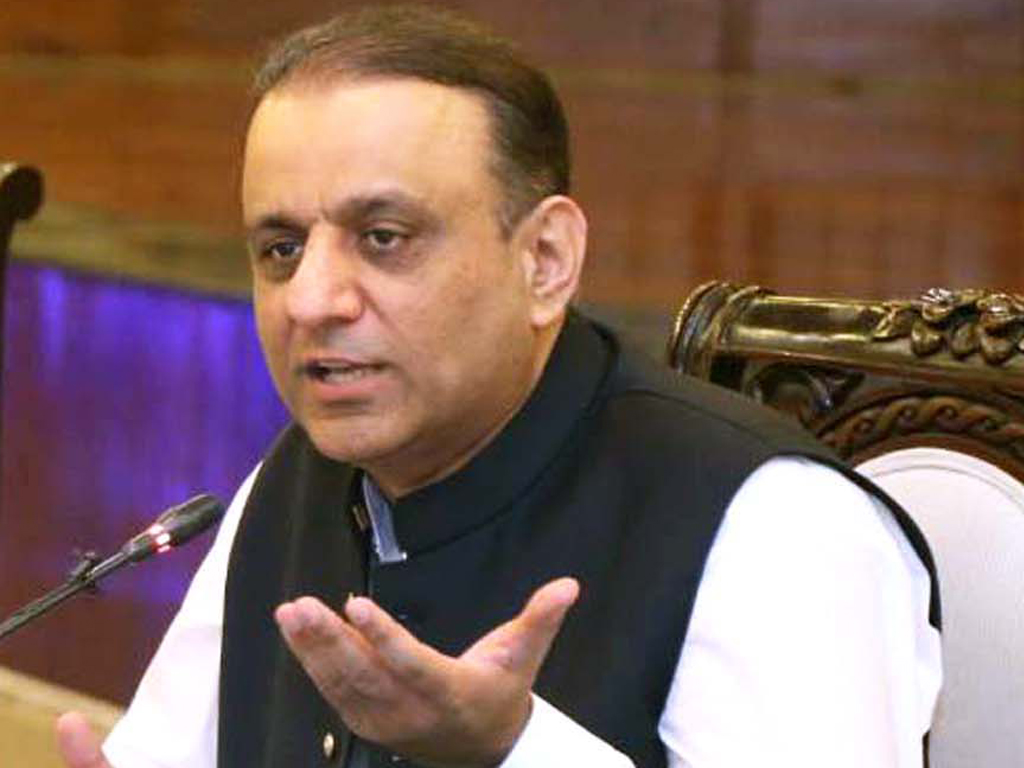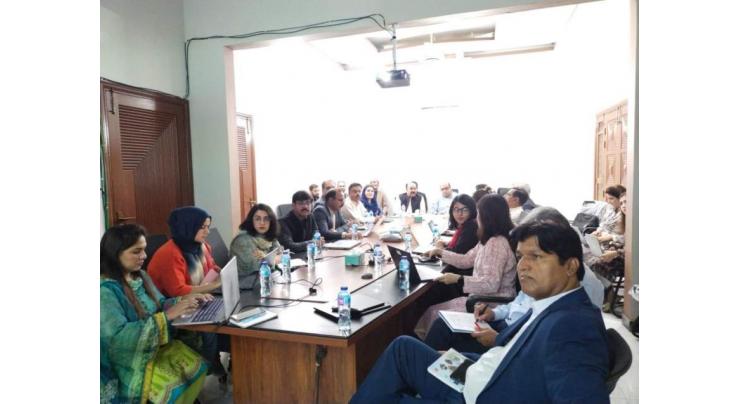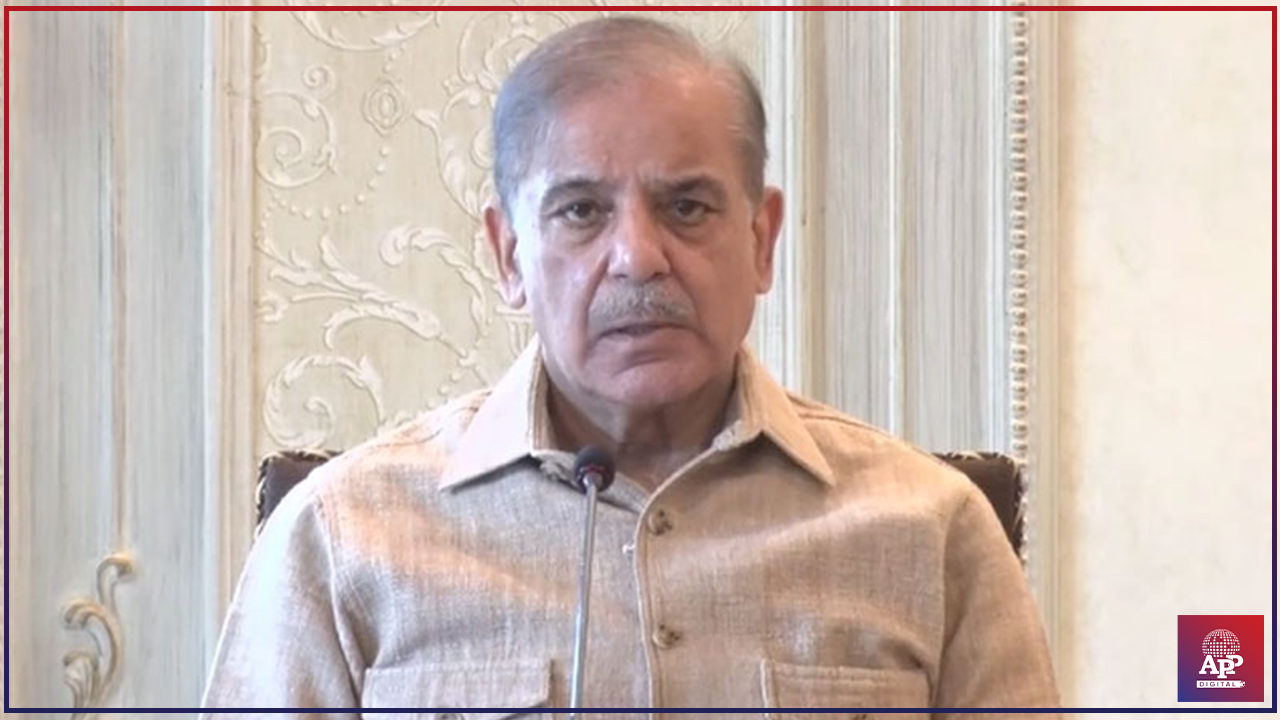ISLAMABAD, Jun 04 (APP):The National Disaster Management Authority (NDMA) on Tuesday convened the National Monsoon Coordination Conference 2024 to take necessary measures by relevant stakeholders for tackling heavy rainfall in the monsoon season.
The two-day day National Monsoon Coordination Conference 2024 and Simulation Exercise commenced here at its Headquarters’ National Emergencies Operation Center (NEOC) with all provincial and federal authorities, line departments and stakeholders on board to share prevailing situation.
It’s a two-day activity with stakeholders line departments, humanitarian agencies and donor organizations to foster coordination among disaster management stakeholders.
In the welcome remarks, Chairman NDMA, Lt General Inam Haider Malik said it was the first conference on monsoon prior to the rainy season whereas the authority has planned the moot after rigorous consultations of three months before the season.
General Malik underscored that the NEOC was providing national and regional capability to provide long-term weather forecast for taking preemptive measures before any major disaster.
He added that the NEOC could generate in advance projections for ten months that could help provide guidelines for better responses to disasters.
The Chairman NDMA mentioned that the Authority had held numerous simulation exercises to enhance capability of provincial disaster management authorities (PDMAs), whereas there was room for scaling up of capabilities at provincial level. He said that the NEOC September outlook of precipitation, rains, and heatwaves accurately forecasted weather scenarios.
At the culmination of the simulation exercise after the conference, it would be assessed to review capabilities of non-governmental organisations (NGOs), international NGOs and donors in relief and response domains, he said.
“We will observe the capabilities developed and how authorities can respond to disasters.
Moreover, the NDMA has developed a mobile-based application that can provide four to six months projections of disasters accessible to general public and all,” he said.
Muhammad Irfan Virk from Pakistan Meteorological Department (PMD) provided seasonal outlook.
He said that global and regional models of metrological departments indicated above normal 50-60 percent rainfall in the central parts of the country, whereas the South Asian Climate Outlook Forum (SASCOF) also reported above normal rainfall over South Asia.
He highlighted that during the monsoon season Gilgit Baltistan was predicted to receive below normal rainfall.
“PMD models show 40-60% above normal rainfall in Sindh and abnormal in Balochistan and a near normal rainfall in northern Punjab. However, over 30% above normal rainfall is expected in Pakistan,” he said.
While presenting NEOC Meteorological Projections, Dr Tayyab provided a detailed technical overview of the Monsoon 2024 forecast with its linkages to global weather systems tinkering into the regional and local weather systems.
He added that the Positive Indian Dipole impact would provide conducive environment for southwestern monsoon this season, whereas most of the meteorological models projected above normal rainfall for July and August.
The NDMA official also briefed on Interactive Geographical Web portal for Monsoon forecast 2024 which was an interactive portal with pictorials highlighting geographic situation and forecast for the entire country.
The portal would provide flooding, precipitation and impact calculation to gauge exact impacts of any disaster.
The Ministry of National Health, Services Regulations and Coordination representative briefed on its National Institute of Health surveillance system for vector borne and water borne diseases. It helps in identifying hotspots and clusters during outbreaks that help in containing the risk and disease.
The Federal Flood Commission (FFC) representative also provided overview of its prevailing set up for flood monitoring and management. The FFC had 46 flood forecasting telemetric stations across Indus River and 13 automatic weather monitoring stations installed at key flooding points whereas only 23 telemetric stations and four weather stations were in working condition, the official informed.
The Ministry of Water Resources official briefed on cross border water management between India and Pakistan.
UNOCHA, Head of Office, Carlos Geha presented on the disaster management and relief measures and provided recommendations for improved and effective response.
The representatives from WAPDA, Irrigation Departments of AJK, KP, Punjab and Sindh provided detailed outlook of their existing systems and procedures to handle floods.
The moot would commence again on June 5th to hold the simulation exercise intended for reviewing existing capacities of the stakeholders and relevant departments to manage floods.
مضمون کا ماخذ : سمندری ڈاکو گولڈ
